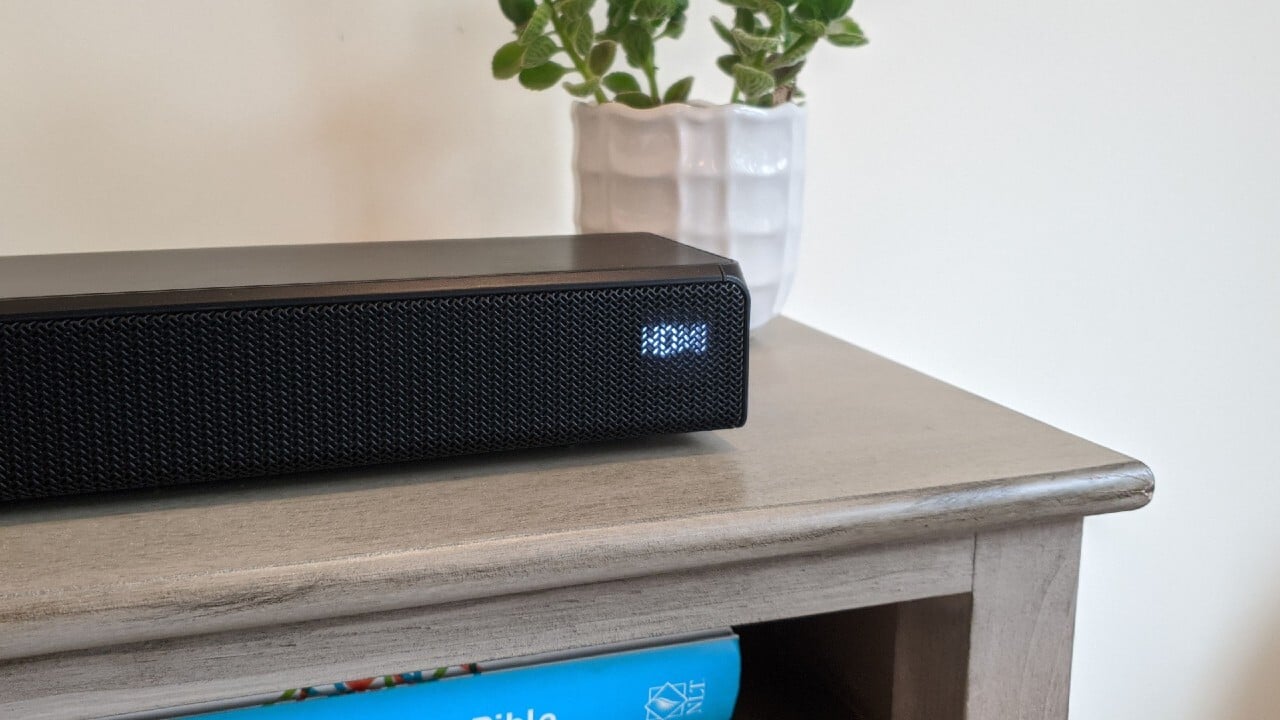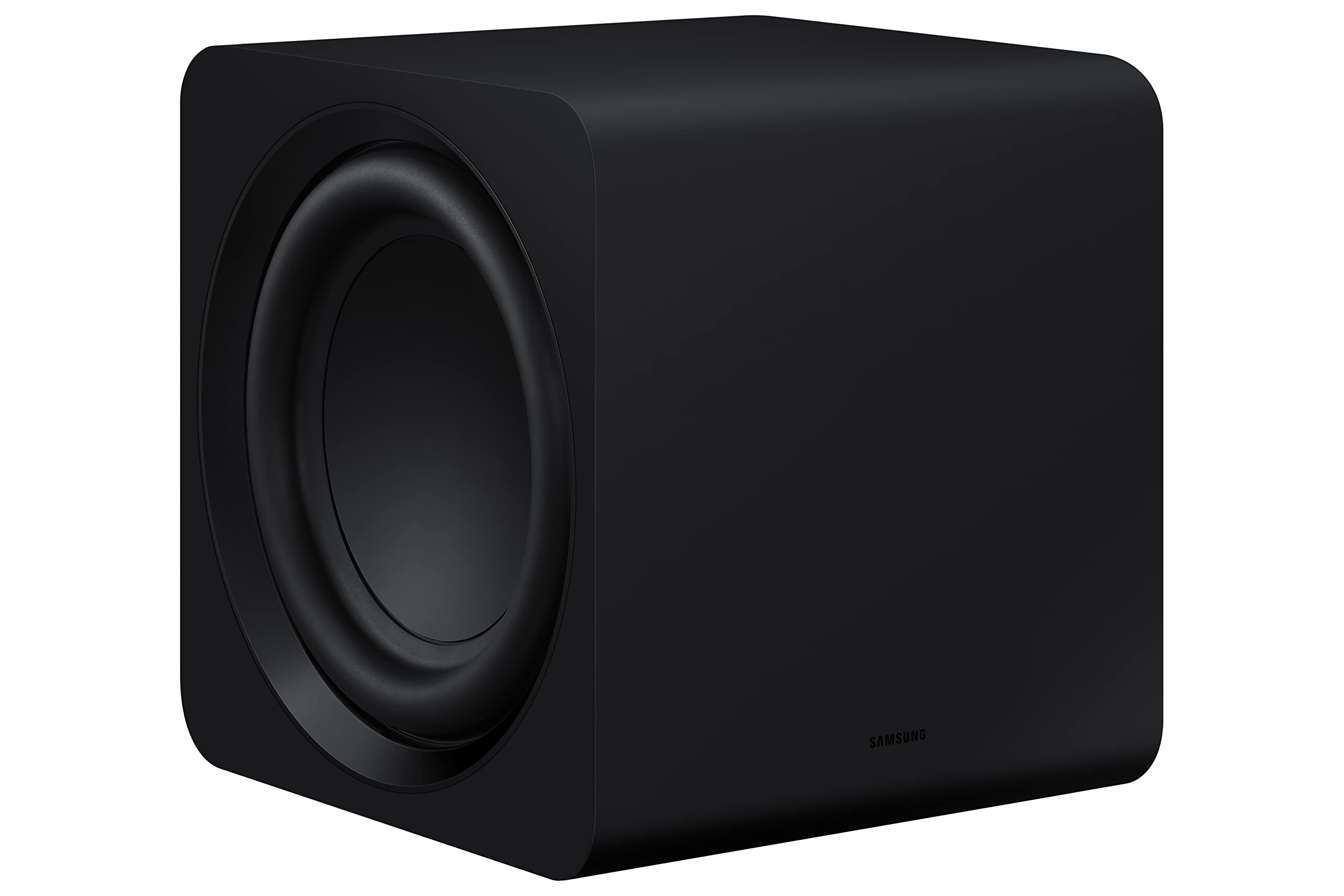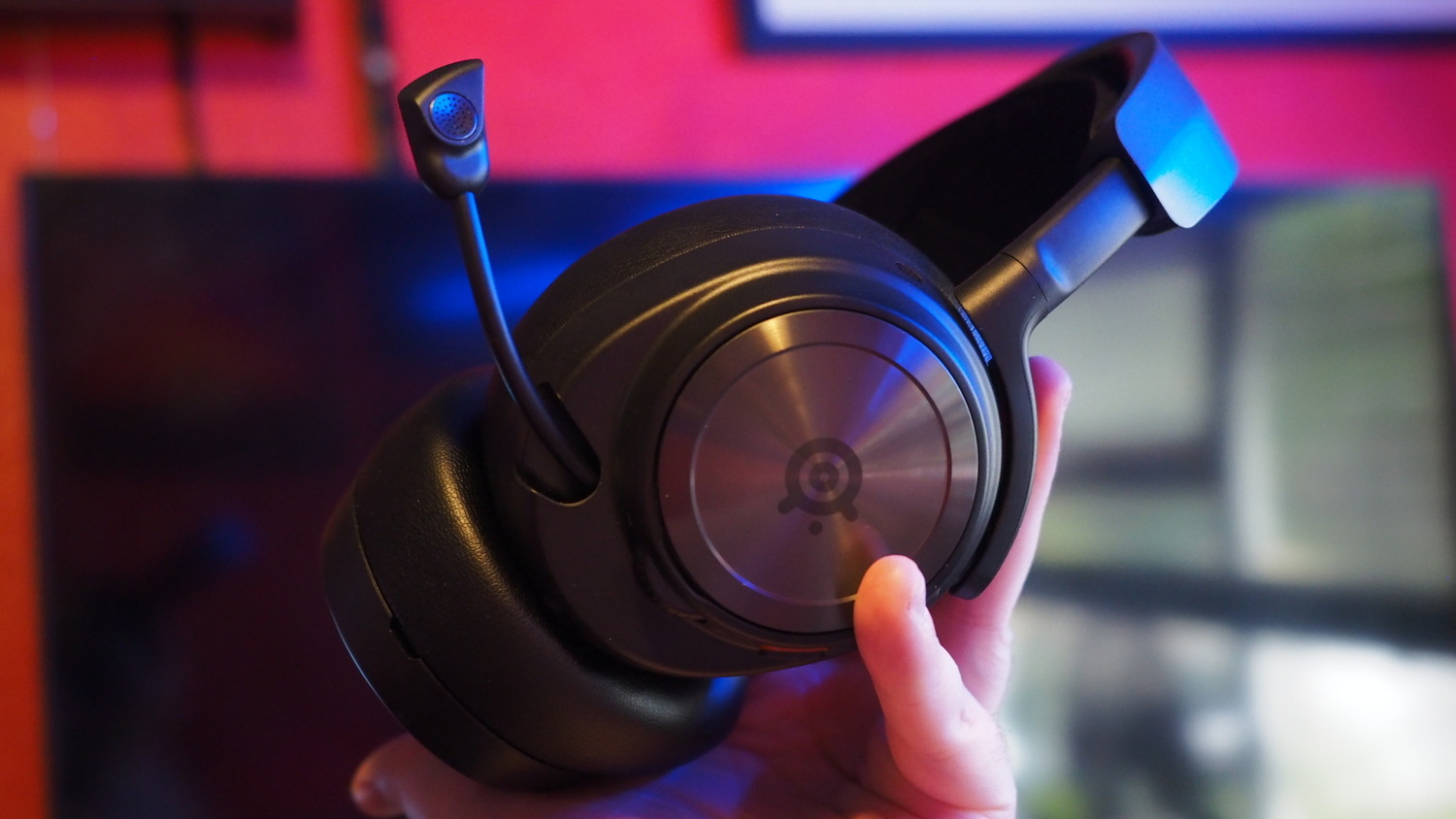Home>Devices & Equipment>Music Box>Why Is Music Box Not Working


Music Box
Why Is Music Box Not Working
Published: January 12, 2024
Discover why your music box is not working and learn how to troubleshoot the issue. Find solutions to fix your music box and enjoy your favorite tunes again.
(Many of the links in this article redirect to a specific reviewed product. Your purchase of these products through affiliate links helps to generate commission for AudioLover.com, at no extra cost. Learn more)
Table of Contents
Introduction
Music boxes, with their delicate melodies and intricate mechanisms, have been bringing joy to people for centuries. These charming little devices create a magical ambiance and evoke a sense of nostalgia. However, like any mechanical object, music boxes can sometimes encounter issues that prevent them from producing their enchanting tunes.
In this article, we will explore some of the common issues that can arise with music boxes and provide troubleshooting steps to help you get yours back in working order. Whether you have a cherished heirloom or a newly acquired music box, it’s important to understand how to address these problems and restore their musical charm.
From power source problems to issues with the music mechanism itself, there are various factors that can contribute to a malfunctioning music box. By following the steps outlined in this article, you will be able to troubleshoot and resolve many of these issues on your own.
So, if you find yourself wondering why your music box is not working, keep reading. We will guide you through the troubleshooting process, helping you to revive the melodic beauty of your cherished musical companion.
Common Issues with Music Boxes
While music boxes are delightful creations, they can encounter a range of common issues that can hinder their functionality. Here are some of the most frequently encountered problems:
- No sound: One of the most common issues with music boxes is when they stop producing sound altogether. This can be frustrating, especially if you were expecting to hear the familiar melody.
- Weak or distorted sound: Another issue is when the music box produces a weak or distorted sound. Instead of the clear and melodious tune, you may hear a muffled or scratchy sound.
- Songs not playing in full: Sometimes, the music box may start playing a song but stops before completing it. This can be disappointing, as you miss out on fully enjoying the musical experience.
- Stuck or jammed mechanism: The mechanical components inside the music box can become stuck or jammed over time. This can prevent the music box from playing any tunes, or it may produce a sound that is not in tune.
- Lack of winding: Music boxes rely on a wind-up mechanism to generate sound. If the music box is not winding properly or the key is difficult to turn, it may not produce any sound at all.
- Missing or loose parts: Sometimes, music boxes can experience issues due to missing or loose parts. This can affect the functioning of the music mechanism and result in a lack of sound or distorted tunes.
It is important to note that while these are common issues, not all music boxes will encounter the same problems. The specific issue you are facing may vary, but the troubleshooting steps we will discuss in the next section can help address most of these concerns.
Troubleshooting Steps
When your music box is not working properly, there are several troubleshooting steps you can take to identify and resolve the issue. Follow these steps in order to troubleshoot your music box effectively:
- Checking the Power Source: Start by ensuring that your music box is properly connected to a power source. If it is a wind-up music box, make sure that it is fully wound. Also, check if the power switch or button is turned on. Sometimes, a simple oversight in power connection can lead to a lack of sound.
- Examining the Batteries: If your music box is battery-operated, make sure to check the batteries. Replace them if necessary, as weak or depleted batteries can result in a lack of sound or distorted tunes.
- Inspecting the Music Mechanism: Carefully examine the music mechanism inside the music box. Look for any broken or missing parts, dust, or debris that may be obstructing its movement. Gently move the parts to ensure they are not stuck or jammed.
- Cleaning the Music Box: Over time, dust and dirt can accumulate inside the music box and affect its functionality. Use a soft cloth or brush to gently clean the exterior and interior of the music box. Avoid using water or cleaning agents, as they can damage the delicate components.
- Contacting a Professional: If you have followed the troubleshooting steps and your music box is still not working, it may be necessary to seek professional help. A skilled artisan or music box repair specialist can diagnose and fix more complex issues, ensuring that your music box is restored to its former melodic glory.
By following these troubleshooting steps, you will be able to address many common issues with music boxes. However, it is important to remember that each music box is unique, and there may be specific instructions or considerations provided by the manufacturer. Be sure to consult the user manual or reach out to the manufacturer if you encounter any difficulties or have specific questions about your music box.
Checking the Power Source
One of the first steps in troubleshooting a music box is to ensure that it is properly connected to a power source. Depending on the type of music box you have, there are different aspects to consider:
- Wind-up Music Boxes: If your music box is wind-up operated, make sure that it is fully wound. Locate the winding key usually located on the bottom or side of the music box and gently turn it clockwise until you feel resistance. This action stores energy in the spring mechanism, which powers the music box. If the music box does not play or if the sound is weak, try winding it a little more to see if that resolves the issue.
- Battery-Operated Music Boxes: For battery-operated music boxes, check if the batteries are inserted correctly. Open the battery compartment and verify that the positive (+) and negative (-) ends of the batteries are aligned properly with the corresponding terminals. If the batteries are old or weak, replace them with new ones to ensure sufficient power supply.
- Power Switch or Button: Some music boxes have a power switch or button that needs to be turned on in order to activate the music mechanism. Check if the power switch or button is in the “on” position. It may seem like an obvious step, but it is easy to overlook this simple fix when troubleshooting.
By checking the power source of your music box, you can eliminate any potential issues arising from a lack of power. It is essential to double-check these elements before moving on to more complex troubleshooting steps.
If you have completed this step and your music box is still not functioning properly, proceed to the next troubleshooting step to narrow down the issue further.
Examining the Batteries
If your music box is battery-operated, the next troubleshooting step involves examining the batteries. Weak or depleted batteries can result in a lack of sound or distorted tunes. Here’s what you should do:
- Battery Replacement: Open the battery compartment of your music box and carefully remove the existing batteries. Check for any signs of corrosion or leakage, as this can impact the performance of the music box. If you notice any damage, clean the compartment and contacts with a soft cloth or brush before inserting new batteries.
- Battery Type: Ensure that you are using the correct type of batteries recommended by the manufacturer. Different music boxes may have specific battery requirements for optimal performance. Refer to the user manual or check the markings inside the battery compartment for the correct battery type (e.g., AA, AAA, etc.)
- Battery Orientation: When inserting the new batteries, pay attention to the correct orientation. Align the positive (+) and negative (-) ends of the batteries with the corresponding terminals in the compartment. Improper battery placement can prevent the music box from functioning properly.
- Test With Fresh Batteries: After replacing the batteries, test the music box by turning it on or winding it up. Listen carefully to check if the sound is clear and melodic. If the issue persists, try using a different set of fresh batteries to ensure that the problem is not related to weak or defective batteries.
Keep in mind that batteries have a limited lifespan, and over time, they may lose their ability to provide sufficient power. If you still experience issues with your music box after replacing the batteries, move on to the next troubleshooting step to investigate further.
Inspecting the Music Mechanism
If checking the power source and examining the batteries did not resolve the issue with your music box, it’s time to inspect the music mechanism itself. This step involves closely examining the internal components of the music box for any issues that may be affecting its functionality. Here’s what you need to do:
- Open the Music Box: Carefully open the music box, following any instructions provided by the manufacturer. Use caution and avoid applying excessive force to prevent damage to the delicate parts inside.
- Look for Obstructions: Inspect the music mechanism for any visible obstructions such as dust, debris, or loose parts. Use a soft brush or a can of compressed air to remove any accumulated dust or particles that may be interfering with the movement of the components.
- Check for Stuck or Jammed Parts: Gently move the various parts of the music mechanism to ensure that they are not stuck or jammed. Pay special attention to the winding mechanism, the wheel that engages with the comb, and any other movable parts. Sometimes, a small repositioning or gentle nudging can free up a stuck component.
- Inspect for Broken or Missing Parts: Thoroughly examine the music mechanism for any broken or missing parts. This may include broken pins, springs, or comb teeth. If you notice any such issues, it may be necessary to consult a professional music box repair technician for further assistance.
- Apply Lubrication (if recommended): Some music boxes may require lubrication to ensure smooth movement of the components. If your music box’s manual or manufacturer recommends lubrication, apply a small amount of specialized music box oil or lubricant to the designated areas as indicated in the instructions.
By meticulously inspecting and addressing any visible issues with the music mechanism, you may be able to rectify minor problems and restore the functionality of your music box. However, if the issue persists or if you are unsure about handling the internal components, it is advisable to seek professional assistance from a qualified music box repair specialist.
Cleaning the Music Box
Over time, dust and debris can accumulate inside the music box, affecting its performance. Cleaning the music box is a crucial troubleshooting step that can help resolve various issues. Here’s how you can clean your music box effectively:
- Exterior Cleaning: Start by wiping the exterior of the music box with a soft, lint-free cloth or brush. Remove any dust, fingerprints, or smudges that may have accumulated on the surface. For wooden music boxes, you can use a wood cleaner or polish specifically designed for delicate surfaces.
- Interior Cleaning: Carefully open the music box to access the interior. Use a soft brush or compressed air to remove any loose particles or dust that may be present on the internal components. Avoid using water or cleaning agents, as they can damage the delicate parts of the music box.
- Combing Cleaning: The comb, which is responsible for producing the melody, can also accumulate dust and debris. Gently brush the comb teeth with a soft brush or use compressed air to remove any dirt that may be lodged between the teeth. Take care not to apply excessive pressure to avoid damaging the comb.
- Music Mechanism Cleaning: If you notice that the music mechanism is still not functioning correctly after removing the dust, you can try using a specialized music box cleaner, which is commercially available. Apply a small amount of the cleaner to a soft cloth and gently wipe the components. Follow the instructions provided with the cleaner for the best results.
- Drying Time: After cleaning, allow the music box to air dry completely before reassembling it. This will prevent any moisture from causing damage to the delicate parts of the music box.
Regular cleaning of your music box can help maintain its performance and prolong its lifespan. However, if you are unsure about cleaning the intricate components or if the issue persists, consider seeking professional assistance to ensure that the cleaning process is done correctly.
Contacting a Professional
If you have followed the previous troubleshooting steps and your music box is still not working properly, it may be time to seek professional assistance. A music box repair specialist or artisan with expertise in working with these delicate instruments can provide the necessary expertise to diagnose and fix more complex issues. Here’s what you should consider when contacting a professional:
- Research and Recommendations: Take the time to research reputable music box repair specialists in your area. Seek recommendations from friends, family, or online forums to find trusted professionals with a track record of successful repairs.
- Experience and Expertise: Opt for professionals who have experience with music box repairs. These specialists are familiar with the intricate mechanisms and unique requirements of music boxes, ensuring that they can diagnose and address the issues effectively.
- Evaluation and Estimate: Contact the repair specialist and describe the issues you have been experiencing with your music box. They may request that you bring the music box in for evaluation. During this process, they will assess the problem and provide an estimate of the repair costs, allowing you to make an informed decision.
- Quality of Work and Warranty: Inquire about the quality of their repairs and if they offer any warranty or guarantee on the work done. A reputable professional will stand behind their service and ensure that you are satisfied with the results.
- Preservation and Restoration: If you have a vintage or valuable music box, it is essential to seek a professional who specializes in preservation and restoration. They will have the expertise to handle antique or delicate music boxes and maintain their historical or sentimental value.
While contacting a professional may involve additional costs, it can be well worth it to have your music box repaired by an expert. They can not only fix the immediate issues but also provide recommendations on how to properly care for and maintain your music box to prevent future problems.
Remember, music boxes are intricate instruments that require specialized knowledge and skills for repair. Entrusting your music box to a professional ensures that it receives the attention it deserves, allowing you to enjoy its melodic beauty for years to come.
Conclusion
Music boxes have a special place in our hearts, filling our lives with beautiful melodies and nostalgic memories. However, when a music box stops working, it can be disheartening. Thankfully, many common issues can be resolved through simple troubleshooting steps.
In this article, we explored the common issues that music boxes may encounter, such as a lack of sound, weak or distorted sound, songs not playing in full, a stuck or jammed mechanism, a lack of winding, and missing or loose parts. We also provided a comprehensive guide on troubleshooting these issues.
From checking the power source and examining the batteries to inspecting the music mechanism and cleaning the music box, there are several steps you can take to resolve these problems on your own. However, if the issues persist or if you are uncertain about handling the internal components, it is always recommended to seek professional assistance.
Contacting a professional music box repair specialist or artisan can provide the expertise needed to diagnose and fix more complex issues. They can offer specialized knowledge and experience in working with delicate music box mechanisms, ensuring that your beloved music box is restored to its full melodic glory.
Remember to conduct thorough research when selecting a professional, considering their experience, reputation, and the quality of their work. Additionally, consider preserving and restoring vintage or valuable music boxes by seeking professionals who specialize in preservation techniques.
By following the troubleshooting steps outlined in this article and seeking professional help when needed, you can revive your music box and continue to enjoy its enchanting melodies for years to come.











